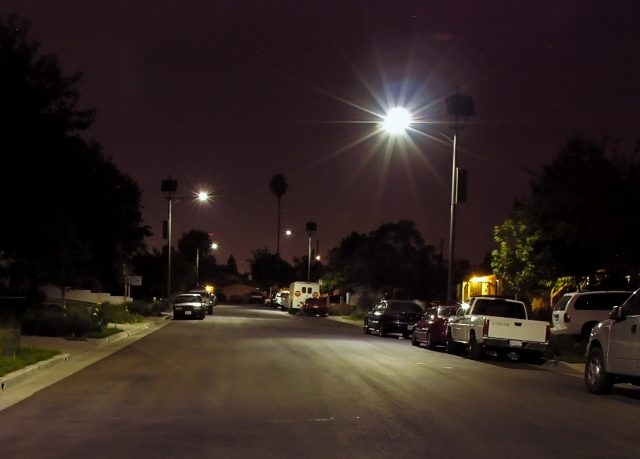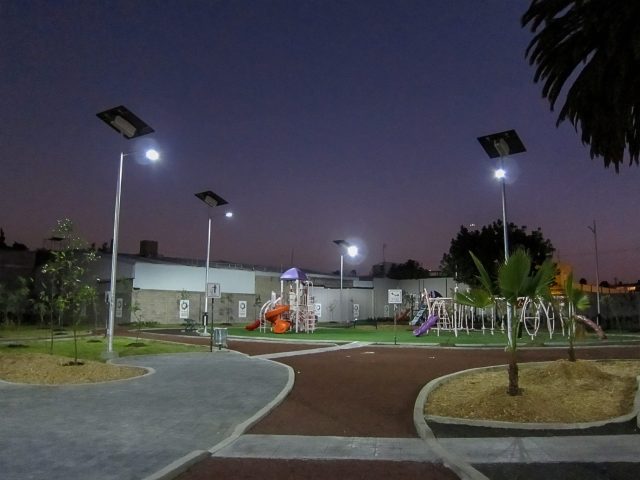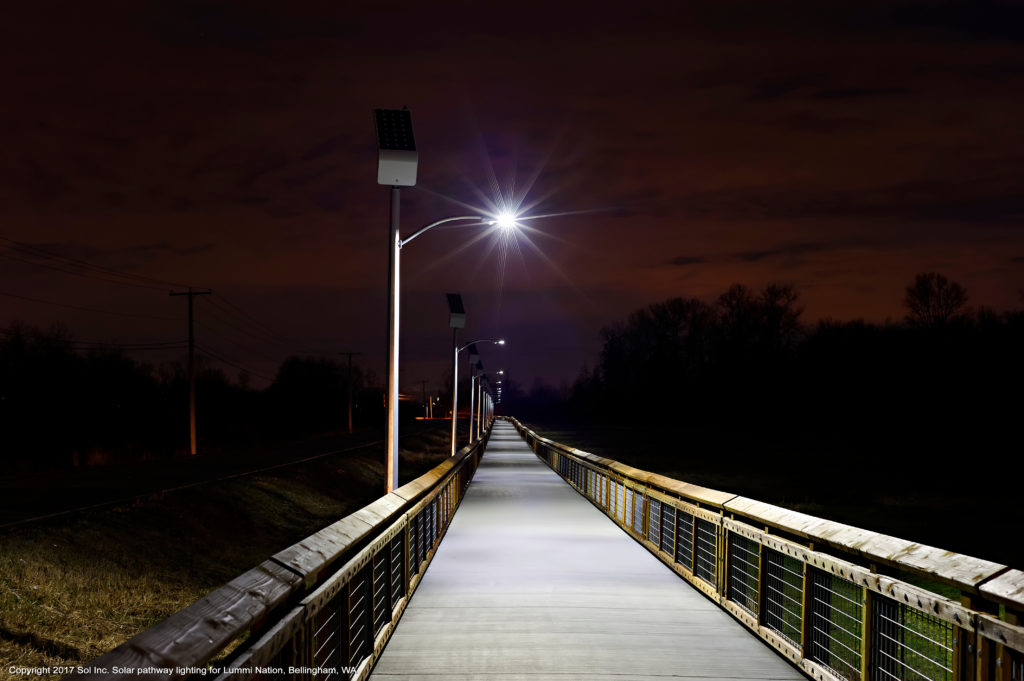If we asked you what the best country for a solar-powered light would be, what would you say? Mexico? Australia? Brazil? While a country with a warm climate and year-round sunshine might seem like the obvious answer, if you look at the top countries in the world for solar capacity—Germany, China, and Japan—you’ll notice that none of them are exactly renowned for their sunshine.
That’s because, contrary to popular belief, solar power can function just as well in mid-latitude locations with cold, gloomy winters as it can in low-latitude locations that enjoy consistently sunny weather. In fact, in some cases it can work even better because unlike thermal technologies that rely on the sun’s heat to function, solar photovoltaic panels like the ones used in Sol’s EverGen M Series lights actually operate more efficiently in cooler weather.
But we’re getting ahead of ourselves. Today we’re here to dispel the myth that solar power and northern locations aren’t a good mix. Because for the vast majority of locations, from Tucson, Arizona to Wray, Colorado to our headquarters here in not-so-sunny Victoria, BC, solar power not only works, but offers one of the most sustainable, cost-effective, and easy-to-install power options out there. Here’s how to make it work for your lighting project, no matter where you’re located.

When it comes to solar lighting systems, there’s no such thing as one size fits all. Solar panels and batteries must be carefully selected and sized to meet individual project requirements—get either one wrong and you could find yourself in the dark.
Proper solar sizing takes a variety of factors into account, but one of the most important is project location. Since a sunny southern city like Miami receives a lot more sunlight than a northern city like Toronto, the size of the solar array and the battery capacity requirements will be vastly different for each location. A system sized for Miami won’t cut it in Toronto—but that doesn’t mean solar is off the table.
To ensure your light can generate and store enough power to sustain the requirements of a northern locations, it’s essential to build enough solar and batter capacity into your system. That can mean adding more panels or larger batteries, or it can mean using better-quality panels, LEDs, and batteries. Read more about how to properly size solar panels, batteries, and ensure you have enough backup power to carry you through those inevitable periods of bad weather.

Most lighting applications don’t require the light to be on all the time. That’s why most solar lights allow you to adjust the operating profile, or the schedule your light uses to switch on and off.
While a popular operating profile for street and other outdoor area lights is dusk to dawn (meaning all-night operation, with a consistent light output level), that requires a high power draw that might not be practical in northern locations. Instead, you may choose to conserve energy by either dimming the light or turning it off during periods of low activity.
For example, if you have a parking lot adjacent to a business that closes at 8 p.m., and most people are gone by 9, you could have the lights dim or shut off around 10 p.m., greatly reducing the amount of energy they consume. You could then program them to switch back on or return to full output levels an hour or two before the business opens in the morning.

As we covered in our article on the history of LED streetlights, different colored LEDs require different amounts of energy to operate, with cooler color temperatures (i.e. those greater than 4000K) typically requiring less energy, and therefore being more affordable.
While using a cooler temperature light can help reduce your power consumption and increase the viability of solar energy in northern locations, blue-white lights have been found to be detrimental to public health and the environment. Fortunately, technology has improved in recent years, and warmer colored LEDs are available. The fixtures used in Sol’s EverGen M Series lights allow for a warmer-white light without sacrificing efficiency.
We’ve covered three ways you can tweak your systems to achieve solar lighting in northern locations, but you might still be wondering: what about snow?
Winter weather is a real issue in many parts of North America and Europe, but it doesn’t hinder the performance of solar panels as much as you might think. Yes, if there’s two feet of snow covering your panel, the system isn’t going to generate much energy, but because snow is light and fluffy in texture, it typically slides or melts off before it’s able to fully block the panel and obstruct performance. And if it doesn’t? That’s where backup power comes in. All Sol systems are designed to work for at least four days with no sun.
You don’t have to live on an island in the sun to enjoy the many benefits that solar power brings. Northern locations in Canada, the United States, and many European countries are excellent proof that reduced sunlight and winter weather doesn’t limit the effectiveness of solar—you just need to understand how solar works and build your systems accordingly.
Do you have a lighting project in a northern location and are thinking about going solar? Click the link below to learn more about how solar street lighting can benefit your community, then head over to our Build & Price page to get an estimate.
